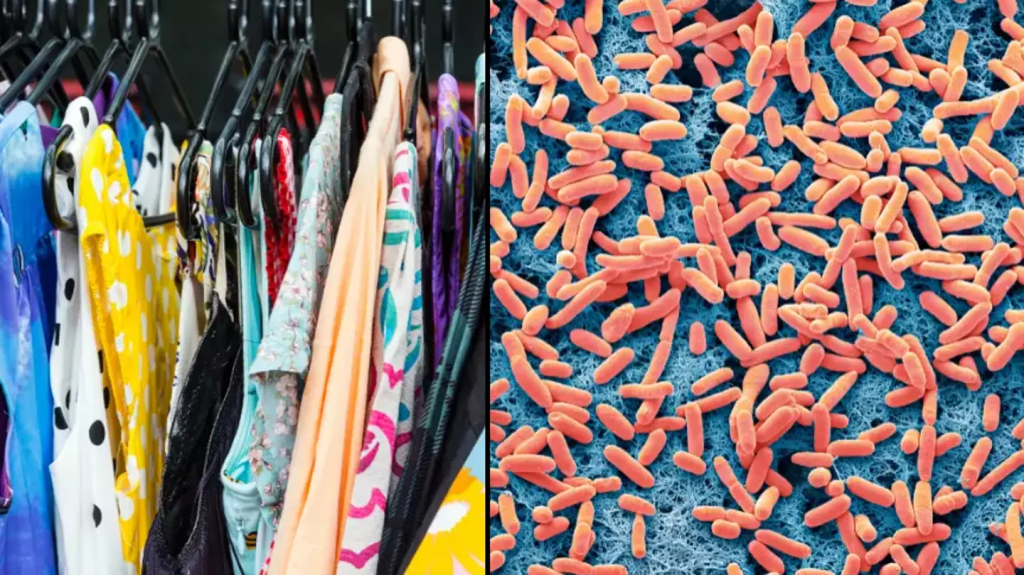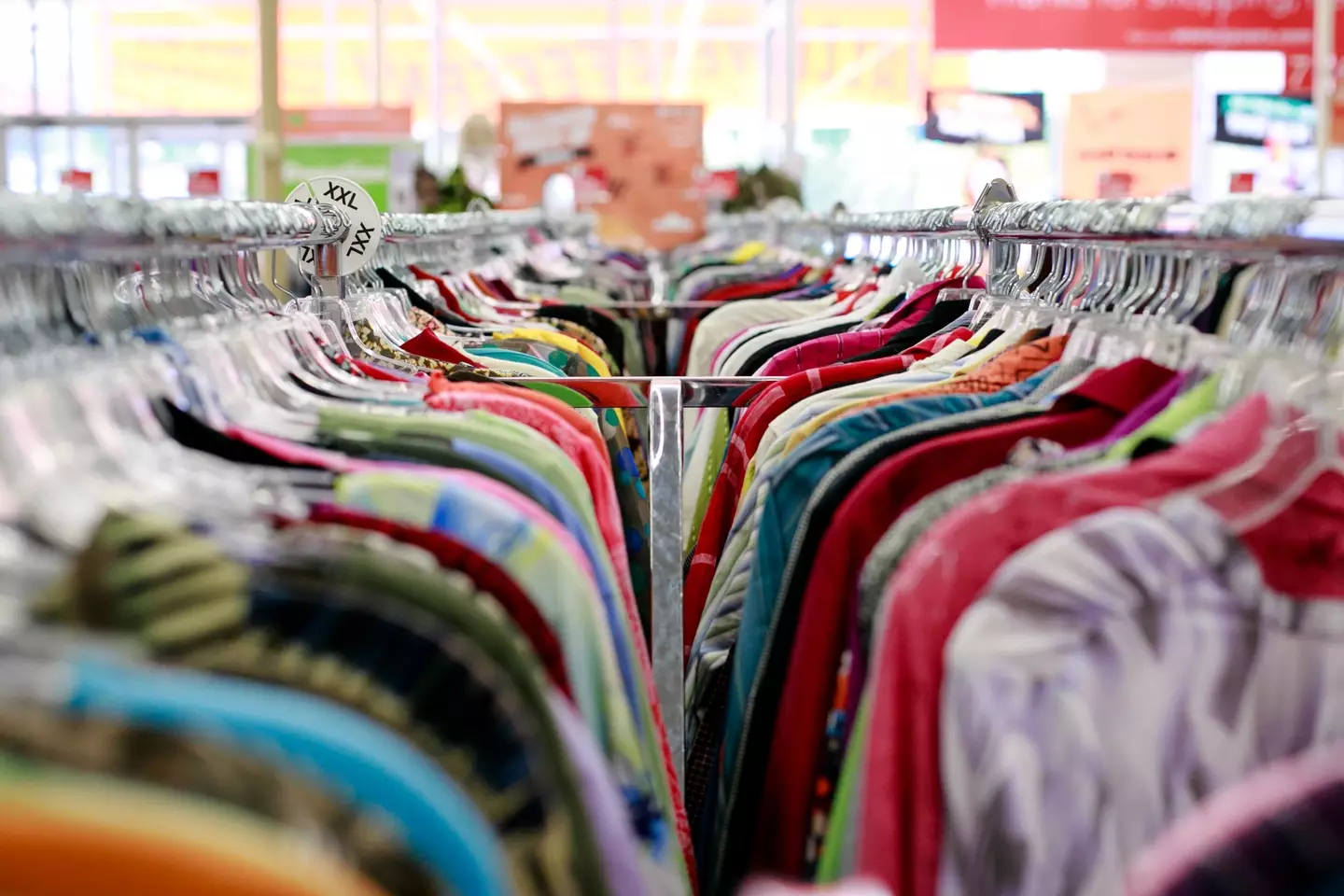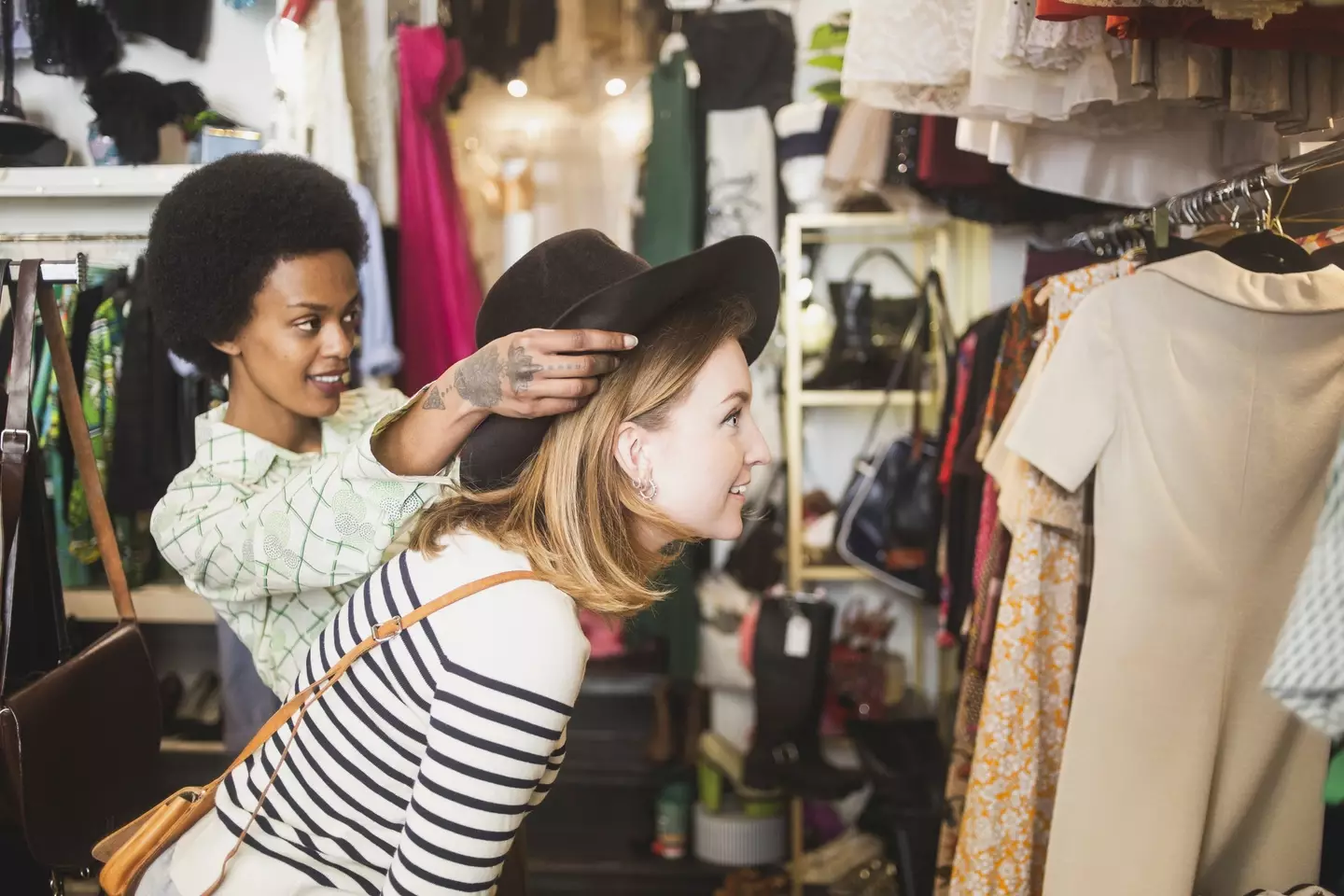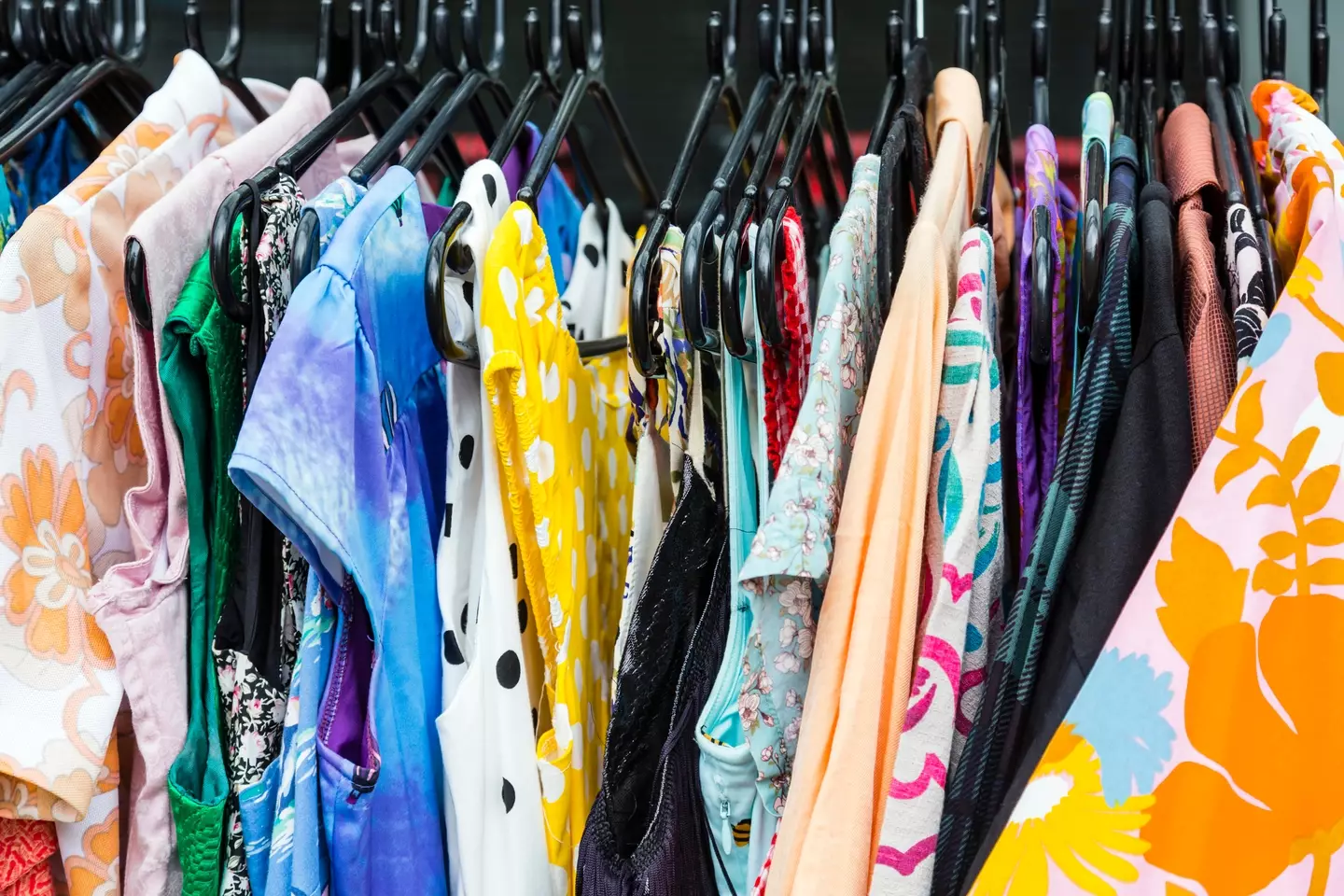Vintage and second-hand shopping has taken the fashion world by storm, offering unique style at an affordable price. But as appealing as it is to find a one-of-a-kind garment, experts warn that buying second-hand clothes might come with hidden risks. Scientists are sounding the alarm: pre-loved clothes could carry germs, bacteria, and even pathogens that pose health risks if not handled carefully.
The Allure of Second-Hand Shopping: Why We Love Vintage Clothes

Second-hand shopping has soared in popularity. Whether you’re hunting for vintage treasures, saving money, or reducing environmental impact, it’s hard to resist the charm of pre-loved fashion. Buying used clothing:
- Reduces waste in landfills
- Lowers carbon footprints by reusing items
- Provides unique pieces not found in fast-fashion stores
However, there’s more to consider than just scoring a great deal. As you slip on that vintage leather jacket, you might also be exposing yourself to germs that have lingered on the fabric.
Why Second-Hand Clothes Are ‘Swimming in Germs,’ According to Scientists
Clothes aren’t just fabric; they’re surfaces that can harbor bacteria, fungi, and even viruses. When you wear something, your skin’s natural microbiome—the millions of bacteria that live on your body—transfers to the fabric. Over time, these microbes can cling to clothing fibers, especially if not washed properly. This means second-hand clothing can carry remnants of the previous owner’s skin microbiome.
Dr. Primrose Freestone, a clinical microbiologist, explained that second-hand clothes could be a breeding ground for pathogens if not cleaned well. She points out, “Clothing is a well-known carrier of many disease-causing pathogens,” and these pathogens may still be present if the clothes haven’t been properly sanitized before resale.
The Risks of Second-Hand Clothing: What Pathogens Lurk Beneath
The germs found on second-hand clothes can vary widely. Although most bacteria are harmless, a few could pose health risks, especially if you have cuts or skin sensitivities. Some of the potential pathogens include:
- Bacteria: Certain strains like Staphylococcus can survive on fabric and cause skin infections.
- Fungi: Yeast and fungi from the previous owner’s skin can transfer, potentially causing rashes or fungal infections.
- Viruses: While viruses generally don’t live long on clothing, some can survive long enough to infect a new wearer.
The skin microbiome varies widely between individuals, meaning that what’s harmless to one person could be problematic for another. Therefore, taking preventive measures is essential.
How to Disinfect Second-Hand Clothes Effectively
The good news? You can still enjoy second-hand clothes without worry by following some simple hygiene steps. Proper washing and handling methods can help remove any lingering pathogens, making your new-to-you clothing safe to wear. Here’s how:

- Wash at High Temperatures
According to Dr. Freestone, washing second-hand clothes at 60°C (140°F) is ideal for killing germs. A warm wash with detergent is more effective than cold water, which doesn’t eliminate pathogens as effectively. High temperatures help break down and wash away microbes. - Use Laundry Disinfectants
If washing at high temperatures isn’t feasible (for delicate or specialty fabrics), add a laundry disinfectant to your wash. These products are designed to kill germs at lower temperatures, ensuring you’re safe without damaging your clothes. - Dry Clothes Completely
Make sure your clothes are fully dry before putting them away. Heat from a dryer also kills bacteria and fungi, adding an extra layer of sanitation. Air drying in direct sunlight can help, as UV rays have natural disinfecting properties.
Separate Second-Hand Clothes from Your Wardrobe Until Cleaned
Before tossing your thrift-store finds into your closet, keep them separate from your regular clothes until they’ve been thoroughly washed. This minimizes the risk of cross-contamination and prevents any pathogens from transferring to your wardrobe.
While it may be tempting to just hang them up right away, this small precaution can help avoid introducing new germs into your space. After a thorough cleaning, your new pieces can seamlessly join the rest of your clothes without any concerns.

When Not to Buy Second-Hand Clothes: Know the Red Flags
While second-hand clothes are generally safe with proper cleaning, certain items are better bought new to avoid health risks:
- Undergarments and swimsuits: Due to close contact with sensitive skin areas, it’s best to avoid these second-hand.
- Workout clothes: The fabric can harbor sweat and bacteria, even after washing.
- Items with visible stains or odors: These could indicate the presence of persistent bacteria or fungi that may not come out with washing.
By being selective, you can make informed choices and maintain good hygiene practices.
Why Second-Hand Clothes Are Still Worth It—With the Right Precautions
Despite these concerns, the benefits of second-hand shopping remain compelling. Vintage shopping supports sustainable fashion, helps reduce waste, and saves money. With proper handling, you can safely enjoy all the perks without worrying about health risks.

In fact, the precautions needed to stay safe are minor compared to the benefits. Washing items properly before wearing them is a small step toward reaping the rewards of a thrifted wardrobe without exposure to harmful bacteria.
Conclusion: Embrace Second-Hand Fashion Safely
Second-hand shopping isn’t just a trend—it’s a sustainable, fun, and stylish way to build a unique wardrobe. However, like anything we bring into our lives, a bit of care and caution go a long way. By washing at high temperatures, using disinfectants, and keeping items separate until they’re clean, you can enjoy vintage pieces without any worry.
So go ahead, thrift to your heart’s content, knowing you have the tools to stay safe. With these tips in mind, you can make the most of your second-hand finds and wear your vintage treasures with confidence.


